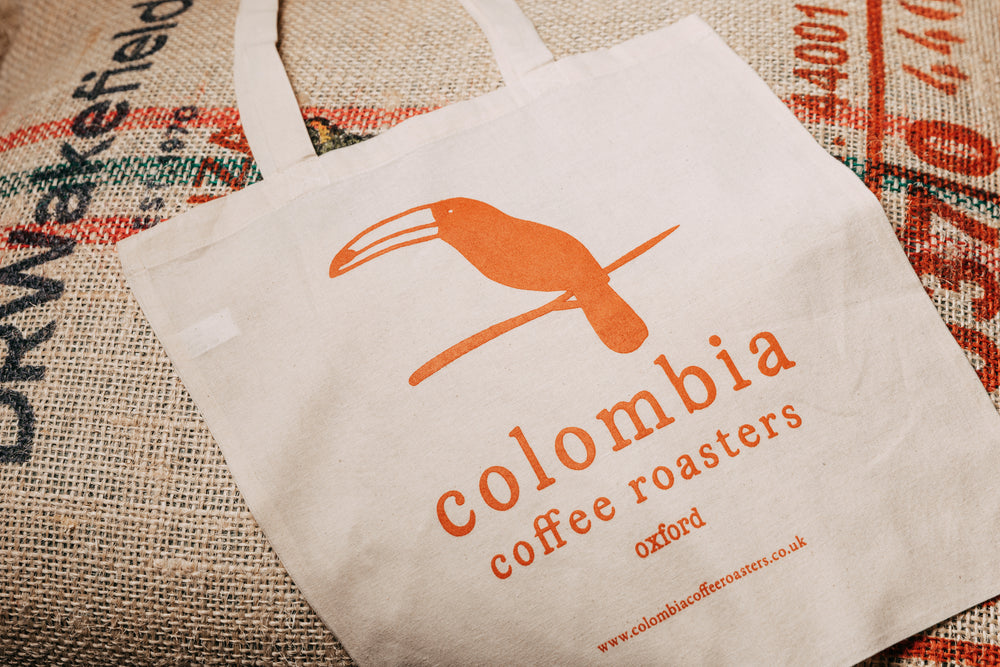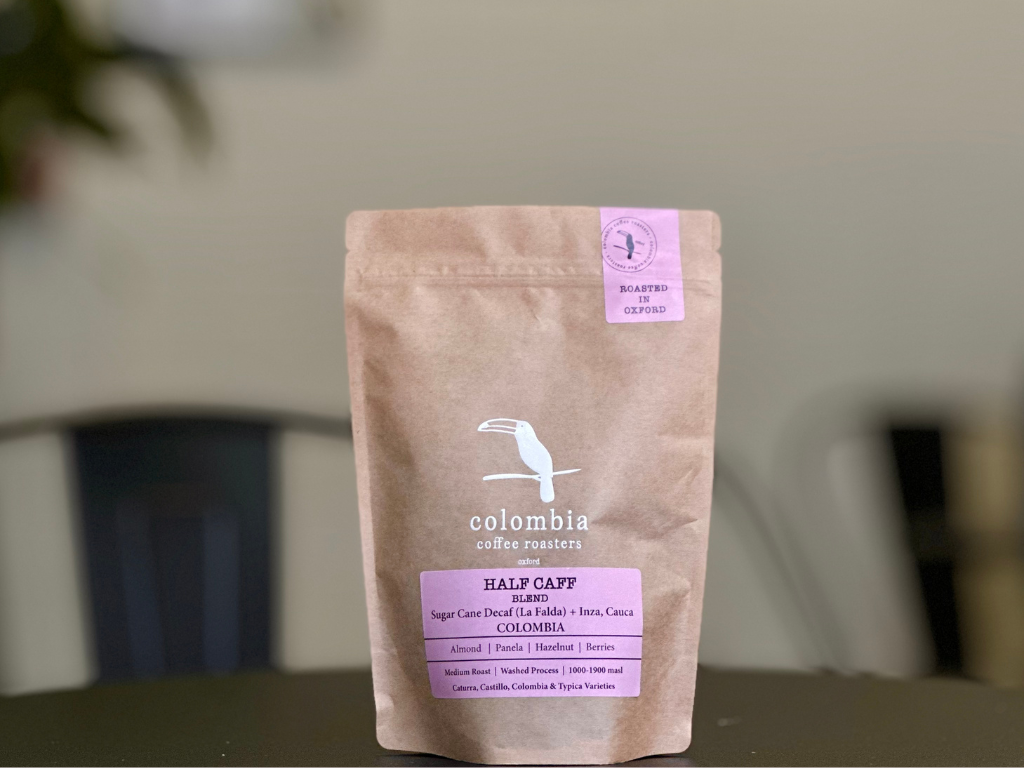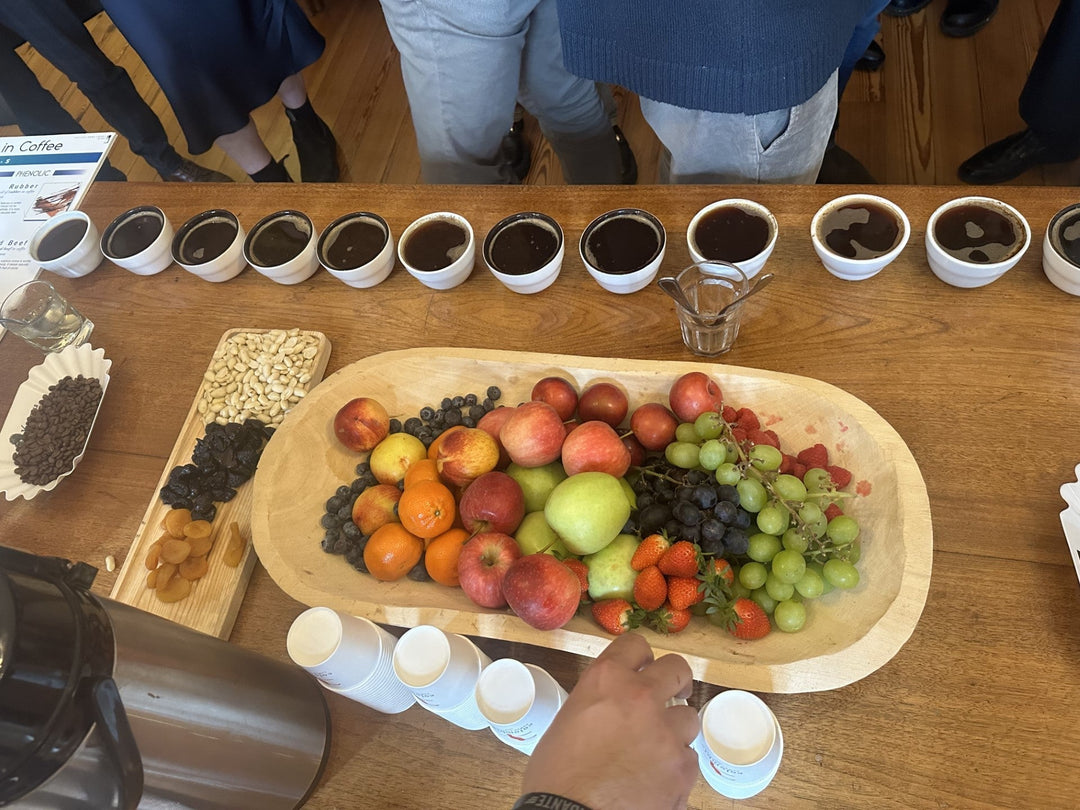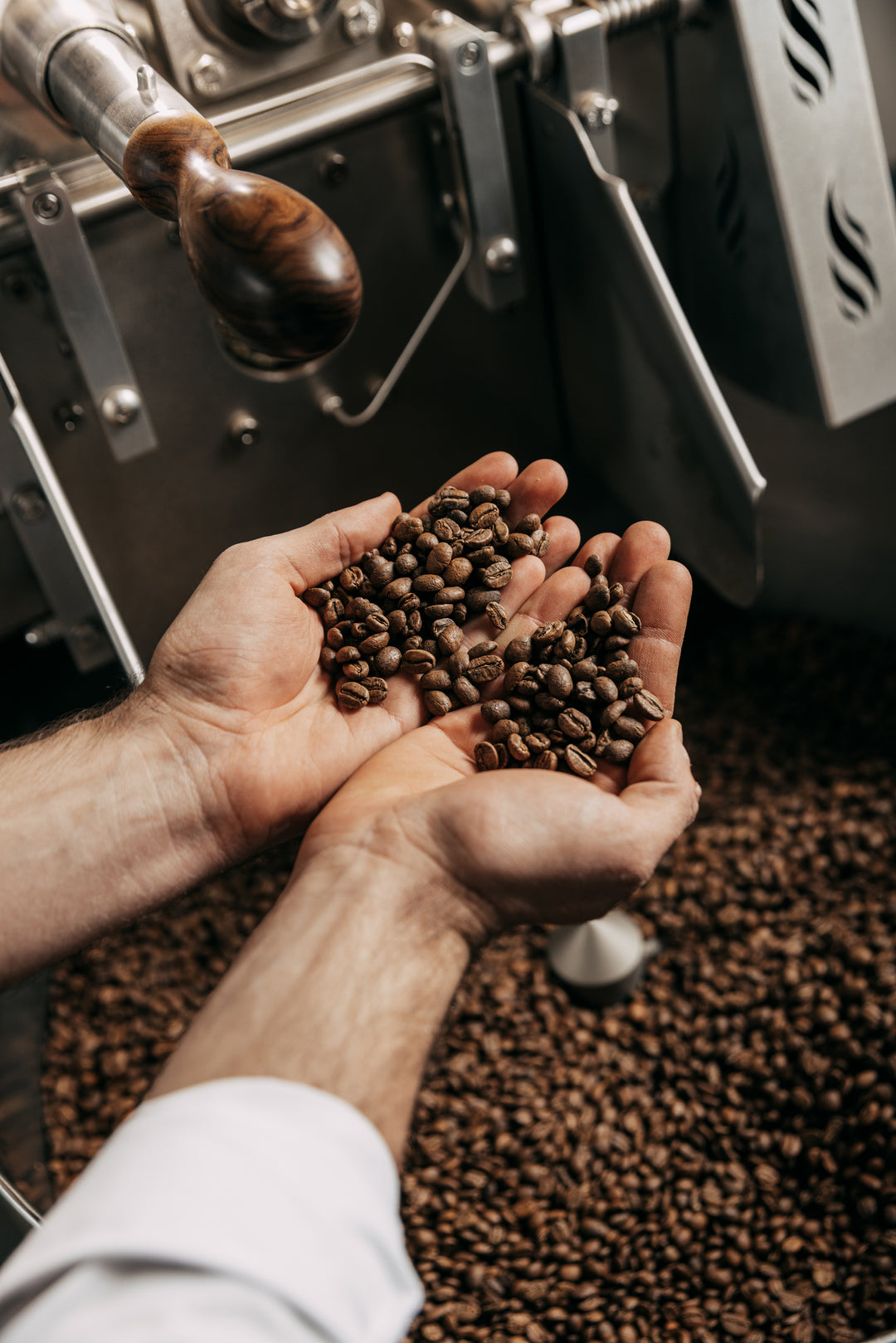Coffee fermentation and experiments with coffee processing
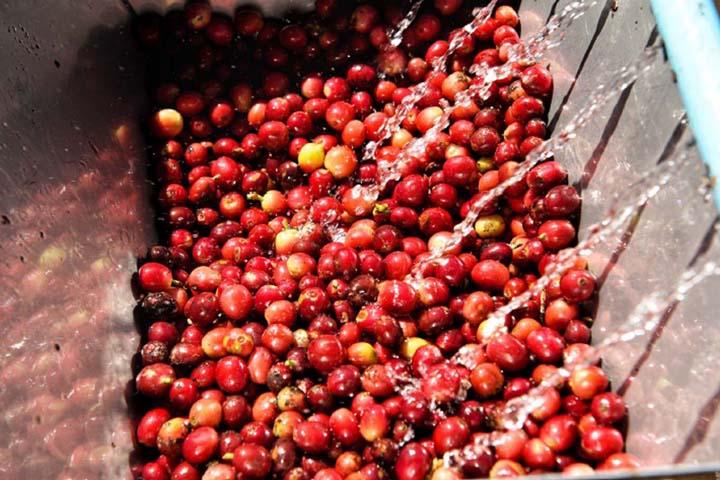
There’s a trend that’s growing and becoming of interest among coffee professionals. That trend is the interest in different fermentation methods and ways to experiment with coffee processing. There’s an element of wanting to push the boundaries of flavor and push the boundaries of what coffee can truly become. From carbonic macerations to anaerobic fermentations, there are different fermentation methods that are continuously being studied and experimented. So, let’s explore what some of these fermentations mean and how they can affect your daily cup of coffee.
Carbonic Maceration
Since Sasa Sestic’s WBC win in Seattle in 2015, the carbonic maceration has grown in popularity as it was an experimental processing method that he used as his winning coffee. Carbonic maceration has its roots deep in the wine industry as this is a popular method when harvesting and processing wine grapes. This method is still seen as an experimental method but holds lots of opportunity to push boundaries and find more flavor from coffee.
Carbonic maceration is essentially when coffee is macerated (fermented) in a carbon-dioxide rich environment. After being picked, coffee cherries are placed into what are typically airtight stainless steel barrels. Once placed inside, CO2 is pumped into the barrel, which then allows the coffee cherries to break down different levels of pectins. This processing typically creates bright and winey coffees with strong notes of red fruits.
You Might Also Find Interesting Some Other Trends in Coffee Processing: Barrel Aged Coffee

Anaerobic Fermentation
Anaerobic fermentation is another interesting fermentation method as it is placed in a limited oxygen environment where coffee is enclosed and sealed to not allow oxygen to enter. Coffees are either pulped after picking or are left intact. Time left fermenting can range anywhere from 12-100 hours depending on the producer’s confidence and experience with his/her coffees.
When coffees undergo anaerobic fermentation, they are usually placed into plastic bags and sealed airtight. Rather than pumping in O2 or CO2 into the bag, it is left alone and fermented in an environment of limited oxygen. This fermentation can create bright, crisp, and clean coffee with more traditional flavor notes.

Double Fermentation
Double fermentation, also known as double washed, is a common method that is prevalent in East Africa. This is essentially a method that washes and ferments coffees over the course of 2 rounds. When coffees are picked and sorted, they are placed in canals or tubs of water and soaked for fermentation for a period of time. After, the coffees are scrubbed and washed through canals. The 2nd round of fermenting/washing, repeats the first round and then proceeds
to the drying process.
As mentioned this is a common method in East Africa, and it’s also a common method for producers worldwide. It is said to produce an extremely clean cup of coffee with bright and crisp fruity notes. It also allows a deeper understanding for roasters and consumers worldwide of the coffee itself.

While these 3 fermentation methods are not the only fermentation methods among our industry, these are some of the 3 fermentation methods growing in interest and popularity. We are always looking for coffees that push boundaries and create an experience. While we don’t have coffees with these fermentation methods at the moment, we have a list of coffees that will surely excite your palate.


